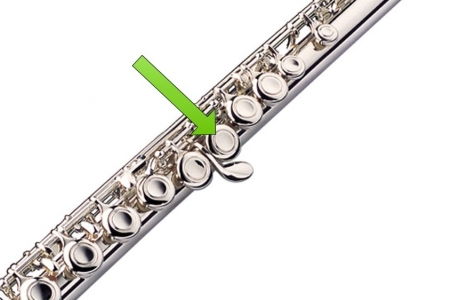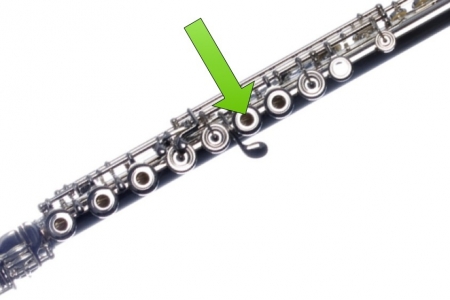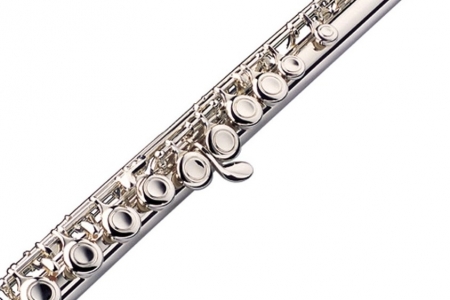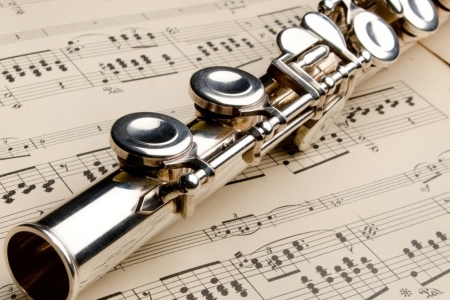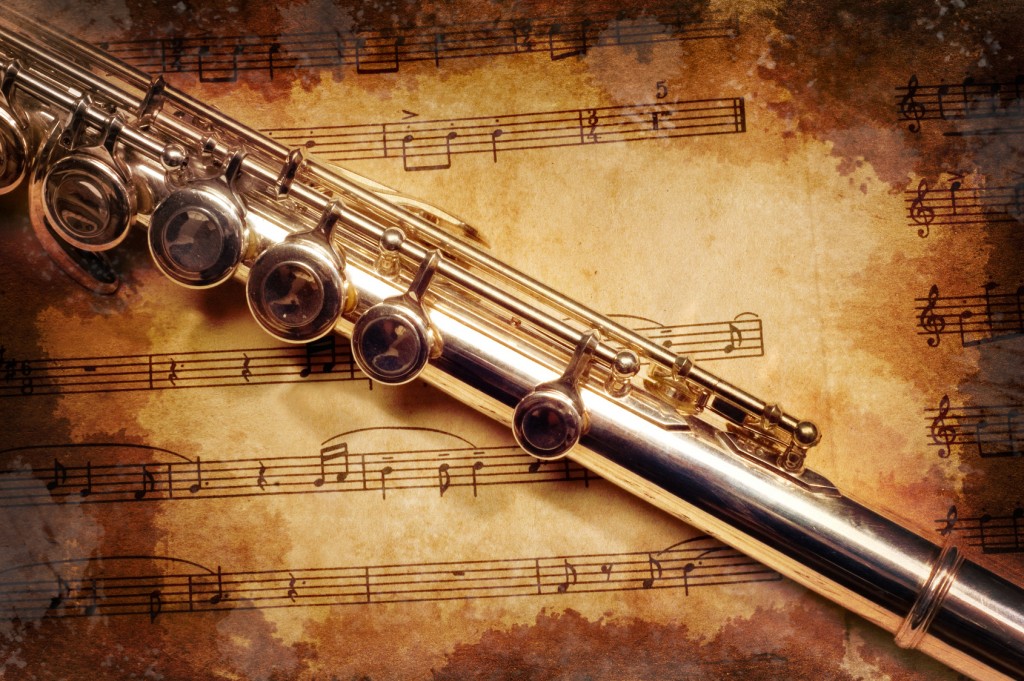 It can be difficult knowing what to look for in a flute when you have never bought one before. It could be that this is your first time buying a flute and you may not even know very much about the instrument. This article will be a guide for you – to help you to learn the basics about the flute, what features to look for in your flute, as well as four fantastic flute recommendations. Regardless of which one of these instruments you choose, you will be happy with the purchase and will be able to enjoy years of playing from a well-crafted instrument.
It can be difficult knowing what to look for in a flute when you have never bought one before. It could be that this is your first time buying a flute and you may not even know very much about the instrument. This article will be a guide for you – to help you to learn the basics about the flute, what features to look for in your flute, as well as four fantastic flute recommendations. Regardless of which one of these instruments you choose, you will be happy with the purchase and will be able to enjoy years of playing from a well-crafted instrument.
Types of Flutes
- Off-set G vs. Inline G
The off-set G is a configuration of a particular key in the left hand that can make flute-playing more ergonomic, especially for smaller hands. Unless you are an adult with large hands/long fingers, I would not recommend getting a flute with an inline G.
- Closed-hole (plateau) keys vs. Open-hole keys
The simplest way to go is the closed-hole keys. They are straightforward and easy to manage. Open-hole keys require that the pad of your fingertip covers a small hole on the key as you press down. (The holes can be covered with small plugs while you’re learning how to use them, and removed when you’re ready.) As you advance as a player, you will notice better tone quality with an open-hole flute, and will want to upgrade your flute accordingly.
- Straight vs. Curved headjoints
Most students will start with a straight headjoint, but if the student is a young child (in general, less than nine or ten years old), you may want to have them try out a flute with a curved headjoint. The curve in the headjoint is a small u-shape, essentially making the length of the instrument shorter, and easier to hold and balance for a smaller person. As the student grows, the curved headjoint will need to be replaced with a straight headjoint.
- C foot vs. B foot
A C foot is the most common for beginners – meaning that the lowest note the instrument can play is C. The B foot adds a key, enabling the flute to play a half-step lower. This additional key adds a little weight and length to the instrument, so I would not recommend a B foot for a beginner, especially a child. Actually, the low B is not a frequently-used note, so it’s not imperative to have it; although many players feel that having the B foot changes their upper register (high notes) in beneficial ways. Again, as you play flute for a longer period of time, you will develop your own opinion on things like this.
Metals
As you progress as a flutist, you will be able to find sublties and nuances in many different types of metals, but to start with, my basic recommendation is to get as much silver (sterling) as you can afford. Nickel-silver and silver-plated are good; solid silver is the best. In general, silver has a nicer tone and will hold up better over time than nickel-silver.
Some people think, “Well, I don’t want to have to buy another flute, so I’ll just get the open-hole keys and a B-foot.” Think about it this way – would you buy a child a nice luxury sedan for their first car because you don’t want to have to purchase them another car? No. Most of us would look for a safe, dependable car that’s easy to drive, and not worry about the bells and whistles. Try to approach your flute purchase in the same way – get a flute that will get the job done and be a good fit for where your student is right now. Your tastes will change, regardless of the instrument you begin with; you can always sell the instrument and purchase another when the need arises. Starting out with a good quality instrument that is not too heavy, long, or difficult to play will make a world of difference for the aspiring flute-player!
Four Fantastic Flutes
- Sonare SF301 – These are no longer in production, but if you can find a used one, this is an excellent instrument. New, they sold for around $450-500. It is an open-hole flute, meeting all of my other recommendations, plus a hand-cut Powell headjoint. Excellent quality.
- Jupiter 515 (around $599) – This would be a great choice if the student is a small child, since it comes with a curved headjoint, as well as a straight headjoint. Other features: silver-plated, C foot, closed-hole keys, off-set G.
- Pearl Quantz 505E (around $650) – A very nice closed-hole instrument with off-set G, straight head joint, and C foot. Silver-plated. This also has two features usually found on higher-end instruments: french pointed arms (these have to do with how the keys are connected to the rod – shows a higher level of craftsmanship), and a split-E mechanism (improves the flute’s response when playing the upper register E).
- Yamaha 200AD (around $700) – This is a nickel-silver instrument with silver-plating. Other features: off-set G, straight headjoint, closed-hole keys, with a C foot. This instrument has a reputation for being very durable.
In general, my recommendation is to look for a flute with an off-set G, straight headjoint, closed-hole keys, C foot, and as much silver as possible. If you have any questions or there’s anything I can explain further, let me know. I’d be more than glad to help.
If you’ve already purchased your flute, what did you get? Are you happy with it?





